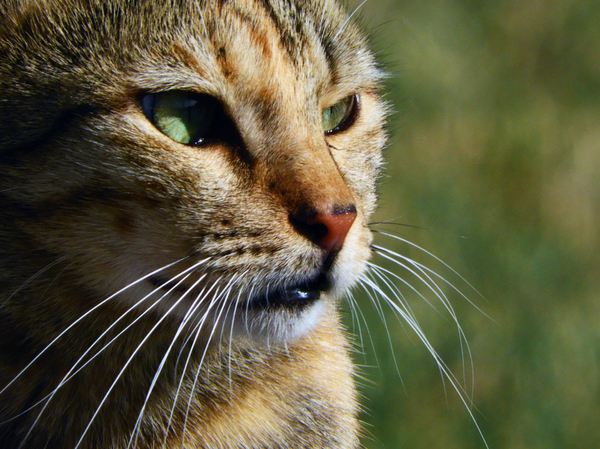Dealing With Cat Litter Box Issues: A Guide for Family Pet Owners
Dealing With Cat Litter Box Issues: A Guide for Family Pet Owners
Blog Article

Cat litter and litter boxes play a critical function in the lives of both cats and their owners. From the humble beginnings of sand and soil to the innovative improvements these days, the world of cat litter has actually evolved significantly. In this extensive guide, we explore every element of cat litter and litter boxes, exploring their history, types, advantages, obstacles, and whatever in between.
The history of cat litter go back centuries, with ancient civilizations utilizing sand, soil, and even ashes as primitive litter products. Nevertheless, it wasn't till the mid-20th century that modern-day cat litter as we understand it emerged. In 1947, Edward copyright presented the world's very first industrial cat litter made from absorbent clay, changing the method felines relieved themselves inside. Ever since, cat litter has actually gone through various changes, with the intro of clumping litter, silica gel litter, naturally degradable choices, and more.
Today, cat owners are spoiled for choice when it comes to picking the ideal litter for their feline buddies. Conventional clay litter remains popular for its cost and effectiveness in absorbing smells. Clumping litter, which forms strong clumps when wet, simplifies cleaning and maintenance. Silica gel litter, made up of highly absorbent silica crystals, offers superior smell control and durability. Naturally degradable options, such as recycled paper, wood pellets, corn, and wheat, appeal to ecologically mindful consumers.
Each type of cat litter uses special advantages. Clay litter masters its capability to soak up moisture and control odors, making it a dependable choice for lots of feline cat litter box furniture owners. Clumping litter simplifies daily scooping and extends the time in between complete litter changes. Silica gel litter supplies remarkable odor control and can last longer in between replacements. Biodegradable litters use a sustainable option that reduces environmental impact.
While cat litter boosts indoor feline health, it is not without its challenges. Dust from clay litter can posture breathing risks for both felines and people, prompting the appeal of dust-free alternatives. Some felines may establish litter box aversion due to concerns with texture, scent, or tidiness, necessitating experimentation with various litters and box configurations. Multi-cat cat litter pellets families may require tactical litter box placement and regular maintenance to avoid territorial conflicts and ensure all felines have access to clean centers.
Selecting the suitable litter box is essential for promoting favorable litter box habits and total feline well-being. Elements to consider consist of size, accessibility, and design choices. Covered litter boxes offer personal privacy and help consist of odors, however some felines may discover them confining or daunting. Open-top litter boxes offer Covered Litter Boxes easy gain access to and visibility however might result in more litter scatter. Automatic self-cleaning litter boxes simplify maintenance however need regular tracking and maintenance.
Proper litter box upkeep is vital for guaranteeing a tidy and welcoming environment for both felines and their owners. Daily scooping removes waste immediately, minimizing odor and preventing litter box aversion. Regular litter replacement, usually every 1-2 weeks, avoids bacterial accumulation and keeps optimum absorbency. Thorough cleaning with moderate cleaning agent and water, avoiding severe chemicals that might hinder cats from using package, need to be performed monthly.
Cat litter and litter boxes play a central role in promoting a healthy and unified relationship in between cats and their human companions. With a diverse variety of litter alternatives and litter box designs available, cat owners have the versatility to customize their options to match their cats' preferences and home requirements. By comprehending the advancement, types, advantages, and challenges of cat litter and litter boxes, pet owners can offer their feline good friends with a comfy and sanitary indoor environment.